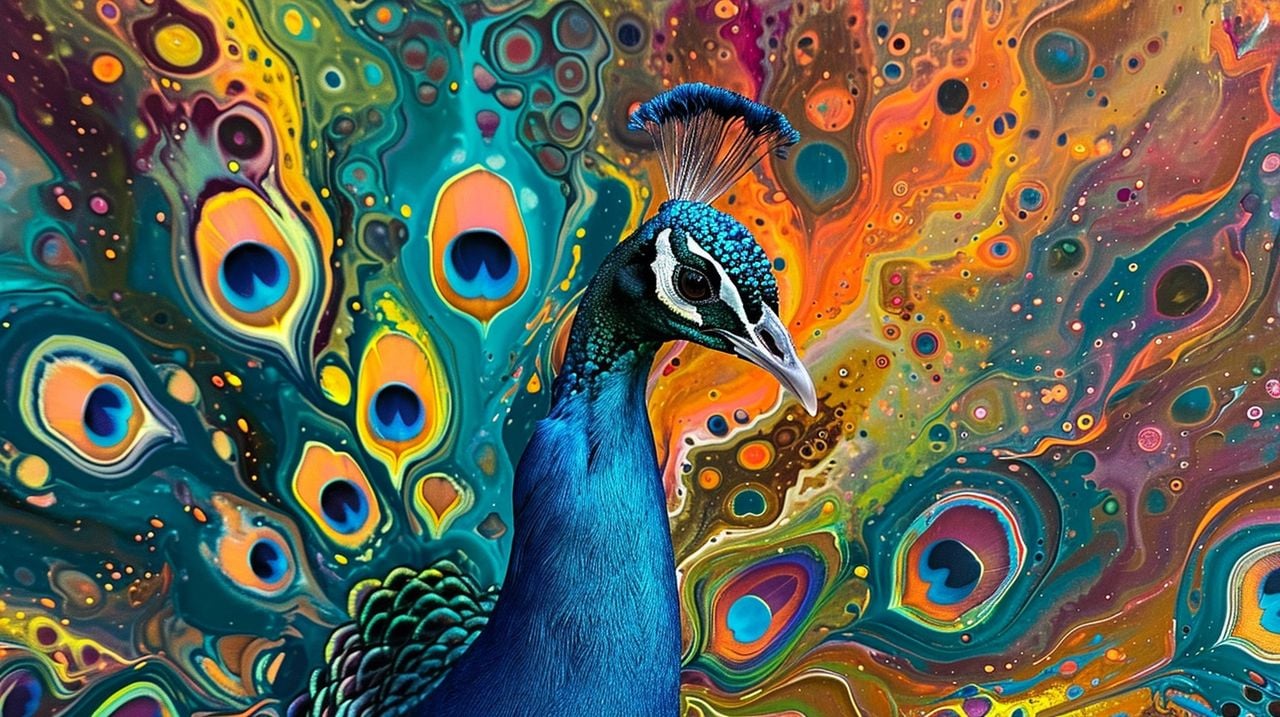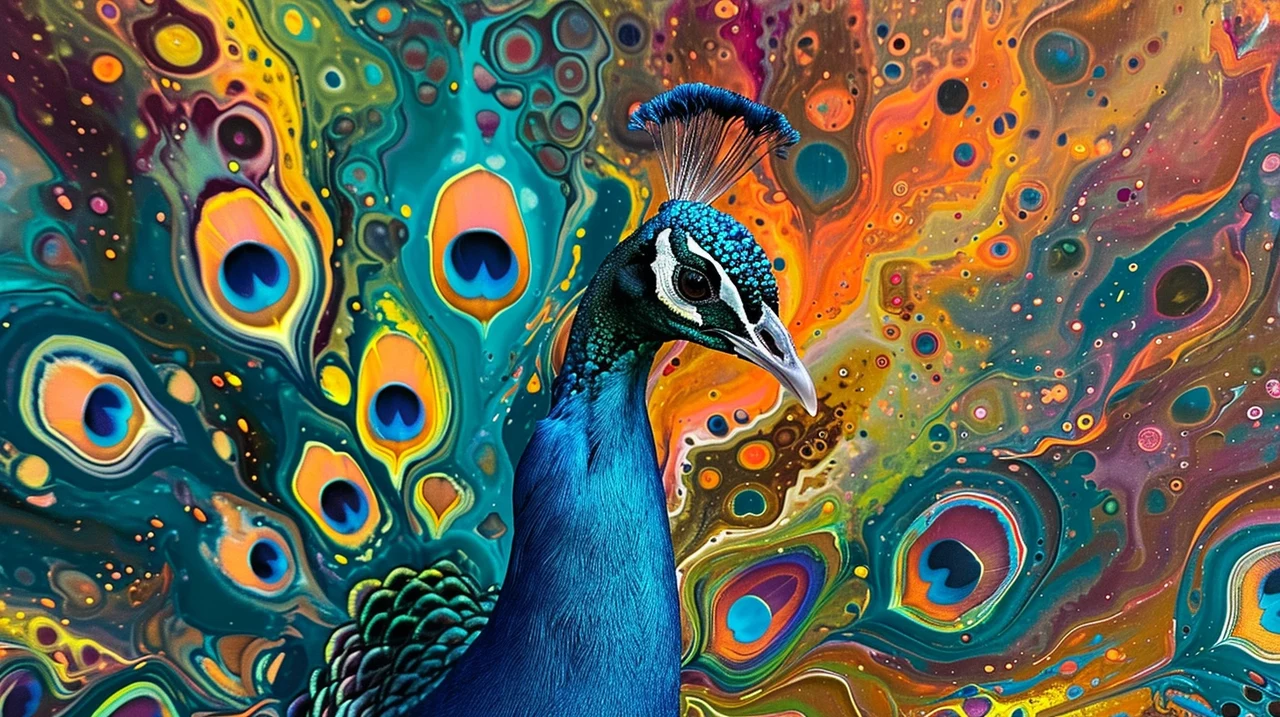
Imagine a world where artificial intelligence can mimic human behavior so closely that it’s hard to tell the difference between a virtual character and a real person. This is no longer the stuff of science fiction. A team of researchers, including Joon Sung Park, has made a significant stride in the realm of AI with the creation of a virtual environment known as Smallville. This project is a collaborative effort between Stanford, Google Research, and Google DeepMind, and it’s changing the way we think about AI’s capabilities.
A new way of simulating human behavior called “generative agents.” Like in the video game “The Sims,” these agents — trained on AI to develop a stream of memories — notice each other, initiate conversations, form opinions and plan ahead. Park shows how these simulacra could open up new opportunities to study human behavior and test out things like social policies.
Smallville AI Village
Smallville is not your average AI system. Here, AI-driven agents are doing something extraordinary: they’re performing complex tasks, engaging in social interactions, and even organizing events without any pre-written scripts. This is a big deal because, until now, AI has relied heavily on specific instructions from programmers to function. But in Smallville, these agents are making decisions and creating memories just like humans do.

The secret to their human-like behavior lies in a new kind of architecture that combines language models with decision-making processes. As these agents move through Smallville, they describe their observations in natural language, much like a person might recount their day. These descriptions become their memories, which they use to inform their future actions. This allows them to do things like throw a party for Valentine’s Day without any human intervention. Watch a replay of the simulation here.
AI agents simulating human behavior
When tested, these AI agents showed behavior that was more natural and human-like than both traditional AI models and human actors. This is a huge leap forward in our quest to create digital beings that can accurately reflect human behavior. The potential applications for this technology are vast and thrilling. For instance, in the world of video games, characters could become more complex and interact with players in ways that are currently unimaginable.
Here are some other articles you may find of interest on the subject of building AI agents and using them for automation and more :
Beyond gaming, this technology could also be used to model societal changes and provide insights into human social structures. It’s a tool that could help us understand how societies evolve and function, which has implications for fields as diverse as sociology, economics, and urban planning. Below is the introduction to the paper and more explanation on how and why the simulation was created.
Generative Agents: Interactive Simulacra of Human Behavior
“Believable proxies of human behavior can empower interactive applications ranging from immersive environments to rehearsal spaces for interpersonal communication to prototyping tools. In this paper, we introduce generative agents–computational software agents that simulate believable human behavior. Generative agents wake up, cook breakfast, and head to work; artists paint, while authors write; they form opinions, notice each other, and initiate conversations; they remember and reflect on days past as they plan the next day.
To enable generative agents, we describe an architecture that extends a large language model to store a complete record of the agent’s experiences using natural language, synthesize those memories over time into higher-level reflections, and retrieve them dynamically to plan behavior. We instantiate generative agents to populate an interactive sandbox environment inspired by The Sims, where end users can interact with a small town of twenty five agents using natural language.
In an evaluation, these generative agents produce believable individual and emergent social behaviors: for example, starting with only a single user-specified notion that one agent wants to throw a Valentine’s Day party, the agents autonomously spread invitations to the party over the next two days, make new acquaintances, ask each other out on dates to the party, and coordinate to show up for the party together at the right time.
We demonstrate through ablation that the components of our agent architecture–observation, planning, and reflection–each contribute critically to the believability of agent behavior. By fusing large language models with computational, interactive agents, this work introduces architectural and interaction patterns for enabling believable simulations of human behavior.” Read the full paper here.
AI simulates human behavior
One of the most exciting aspects of this project is that it’s open-source. This means that anyone with an interest in AI can dive into Smallville and experiment with the simulation. This open approach is crucial for the advancement of AI technology because it allows researchers from all over the world to contribute to and learn from the project.
The creation of these generative agents in Smallville represents a major milestone in the quest to replicate human reality in a digital space. With their advanced capabilities, these AI agents are setting a new standard for what’s possible in virtual environments. The collaboration between leading research institutions and the decision to make the project open-source are indicative of a new, collaborative era in AI research. This is not just about creating more realistic video game characters; it’s about understanding the essence of human behavior and translating that understanding into the digital realm.
As we look to the future, the possibilities are as limitless as our imagination. Smallville is just the beginning. With continued research and collaboration, we’re on the cusp of developing AI that can not only replicate human behavior but also offer new insights into the very nature of intelligence and consciousness. This is a thrilling time for AI research, and the journey has only just begun. To learn more about Smallville jump over to the original TED Talk hosted by Joon Sung Park.
Filed Under: Technology News, Top News
Latest timeswonderful Deals
Disclosure: Some of our articles include affiliate links. If you buy something through one of these links, timeswonderful may earn an affiliate commission. Learn about our Disclosure Policy.










